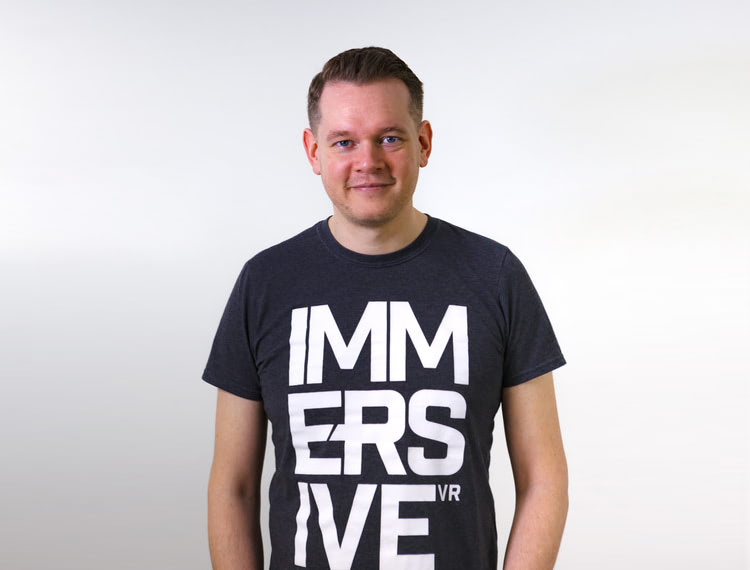The confidence builder: Why VR could become a powerful tool for educators

The very essence of VR is its ability to transport the user to a completely different environment and scenario in both a believable and engaging way. In this way, VR is a perfect tool for teacher training or, indeed, any sort of training where being able to perform a ‘dry-run’ and experiment with different scenarios and outcomes is useful.
VR has been used with a good degree of success to improve presentation skills, allowing users to practice speaking in a variety of presentation scenarios, gaining live feedback on the volume of their voice, their visual engagement with the audience and even the variation in their tone of voice.
As well as these physical feedback markers, more abstract pedagogical skills can be taught, such as how best to frame a response to a question from the audience, or the importance of moving around a classroom to more fully engage with the whole class.
Putting the tools into action
In our work with Ericsson and Connect To Learn, we’ve tried to combine these sorts of tools into a training simulation which can be used in developing countries to help train teachers who may have had little formal training during their career.
We ask the teacher to perform one of several set lessons from their curriculum and measure how they interact with the class. Pointers and feedback are provided both in real-time and in summary at the end of each session.
The virtual students can be asked to perform a variety of tasks and activities, and will react in different ways, meaning the simulation varies from session to session. The virtual students will also measure their level of engagement with the lesson – becoming distracted and disengaged if the teacher consistently performs poorly against the scenarios and metrics they’re being measured against.
Encouraging emotional engagement
But as well as being useful for teaching pedagogical lessons, VR could also be used to train teachers how to deal with the human side teaching.
VR can often be used to invoke a sense of empathy in any given situation, allowing the user to emotionally engage with the topic or scenario they are immersed in, and thus learn lessons from it more effectively. Imagine a VR teacher training scenario where the student is telling the user that they are being bullied and asking for the teacher’s intervention. This sort of scenario can be delivered in a very believable way, allowing the teacher to directly ‘dry-run’ through it, trying a number of different approaches before it happens to them for real.
VR-related technologies such as 360º video (often seen on Facebook and YouTube) can also be greatly enhanced when viewed through a VR headset. This allows viewers to witness scenarios from a first-person perspective, such as giving first-aid, or a health and safety hazard perception, whereby the user is asked to spot potentially dangerous situations as a scenario plays out. Again, these can be invaluable in helping teachers practice their responses before they face a real class.
A portable solution
The good news for educators is that VR doesn’t necessarily require bulky or expensive equipment. For the Ericsson project, the simulation we produced works on mobile phones which plug into portable plastic headsets. This is a cost-effective and portable solution that still provides a good experience for the user. It’s certainly a continuing trend that the equipment is becoming more ubiquitous and cheaper as time goes on.
With all of these factors taken into consideration, it’s easy to imagine VR becoming commonplace both in school and at home. If teachers are increasingly engaging with this technology as a way of practicing complex scenarios in a risk-free way outside of the classroom, it stands to reason it should lead to greater confidence and better teaching inside the classroom as a result.
James Burrows, Technical Director, Immersive VR
About Jame Burrows: A self-confessed uber-geek, James has spent the majority of his career in highly technical roles – starting off in the main IT agency of the British Government’s Cabinet Office, before moving into the private sector, firstly in publishing and later in digital marketing. He’s led development teams in three different digital agencies, as well as worked as both a freelance developer and digital technology consultant.
His love of all things tech led James to help co-found Immersive VR in 2015. Having been an early adopter of emerging VR and AR technologies, James has relished the leaps and bounds this industry has made over the past few years – helping to create experiences for clients such as IKEA, Ericsson, Yamaha and Dr Martens.












Responses